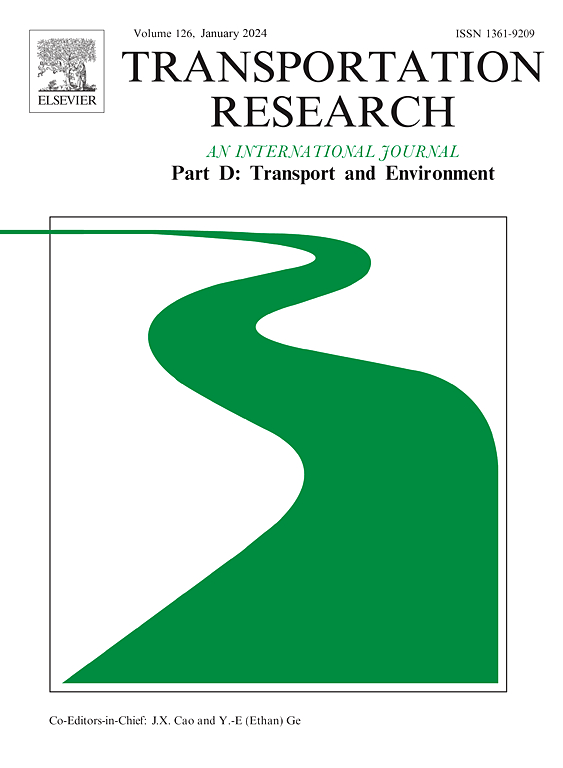Hurricane evacuation analysis with large-scale mobile device location data during hurricane Ian
IF 7.3
1区 工程技术
Q1 ENVIRONMENTAL STUDIES
Transportation Research Part D-transport and Environment
Pub Date : 2025-02-01
DOI:10.1016/j.trd.2024.104559
引用次数: 0
Abstract
Hurricane Ian is one of the deadliest and costliest Atlantic hurricanes with 2.5 million people ordered to evacuate. As hurricanes are becoming increasingly severe in the context of climate change, mobile device location data offer an unprecedented opportunity to study evacuation behaviors. With a terabyte-level dataset, we introduce a holistic hurricane evacuation behavior algorithm: we infer evacuees’ departure time and categorize them into different behavioral groups, including self-, shadow, compliant (voluntary and mandatory), and partially-compliant evacuees. The landfall region (Fort Myers, Lee County) had less evacuees, who left the evacuation zone, but more partially-compliant evacuees, who left home but not the zone. Meanwhile, the predicted landfall region (Tampa, Hillsborough County) had the opposite, suggesting the effects of delayed orders. Evacuation rates increase from shore to inland. Spatiotemporal analysis identified three evacuation waves: during formation, before landfall, and after landfall. These insights are valuable for enhancing future disaster planning and management.
求助全文
约1分钟内获得全文
求助全文
来源期刊
CiteScore
14.40
自引率
9.20%
发文量
314
审稿时长
39 days
期刊介绍:
Transportation Research Part D: Transport and Environment focuses on original research exploring the environmental impacts of transportation, policy responses to these impacts, and their implications for transportation system design, planning, and management. The journal comprehensively covers the interaction between transportation and the environment, ranging from local effects on specific geographical areas to global implications such as natural resource depletion and atmospheric pollution.
We welcome research papers across all transportation modes, including maritime, air, and land transportation, assessing their environmental impacts broadly. Papers addressing both mobile aspects and transportation infrastructure are considered. The journal prioritizes empirical findings and policy responses of regulatory, planning, technical, or fiscal nature. Articles are policy-driven, accessible, and applicable to readers from diverse disciplines, emphasizing relevance and practicality. We encourage interdisciplinary submissions and welcome contributions from economically developing and advanced countries alike, reflecting our international orientation.

 求助内容:
求助内容: 应助结果提醒方式:
应助结果提醒方式:


